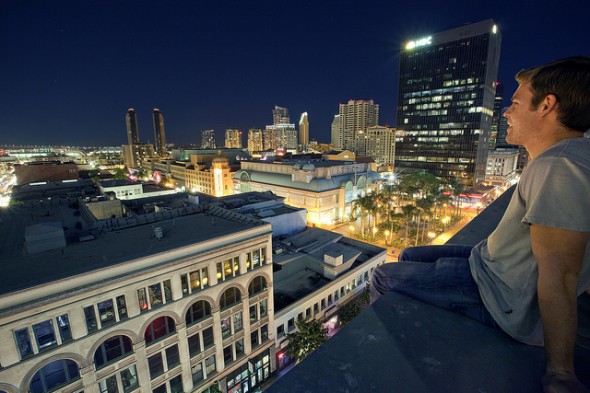After decades of decline and shrinking populations American cities are seeing a resurgence of popularity. People are moving into cities of all sizes at near record setting rates. Why? It appears we have collectively come to the conclusion that we like each other. We enjoy being around people, lots of different people, we’re collectively tired of being alone. After decades of running away to ever more distant suburbs where we have room to spread out we’ve realized that the words of a woman from my hometown of Brooklyn sum it up perfectly; people who need people are the luckiest people in the world. Young and old are finding comfort in having neighbors and things to do and places to go.
Find out now: Is it better to buy or rent?
What’s the Attraction?
In a word community. People are by nature social creatures, we crave social interaction. Isolation is not healthy from both a physical and psychological perspective. Loneliness and isolation diminish the quality and quantity of our lives and urban areas promote human interaction which makes us healthier and happier.
The attraction may also be the opposite of what drove us to the suburbs. The Congress for the New Urbanism talks about placeless sprawl, separation by race and income and the erosion of society’s built heritage. Drive in, drive out suburbs lacking a heartbeat beyond the twice daily migration of commuters left us unfulfilled.
The New Urbanism
Our desire to reconnect with each other is manifesting itself in a new urbanism that is doing more than restoring blighted cities it is creating a new housing paradigm that seeks to combine the benefits of urban living with brand new development in and away from cities.
New urbanism promotes the creation and rejuvenation of communities that are vibrant, diverse and walkable. These are mixed-use communities that are made of the same components as a conventional development but are put together in a more integrated way that includes; shopping, parks, schools, entertainment, everything that is needed for the daily lives of the people who live there.
The new urbanism recognizes that all the needs of residents can not be met within a confined geographic area and so it seeks to promote the inclusion of light rail, trains and buses rather than ever more congested highways. Current estimates are that there are more than 4,000 new urbanist development projects either planned or in development in the United States and at least half of them are in existing urban centers.
Projects Large and Small
While many new urbanism projects are happening within the structure of cities of all sizes many traditionally suburban developers are turning to creating small scale communities that mimic urban environments and are uses tools like deed restrictions to promote diversity.
The modern face of suburban development came about at the end of World War Two with the need to build fast affordable housing for returning veterans. Vast sub-divisions of cookie cutter houses with deep set-backs went up around the country. Sidewalks were sacrificed to reduce cost and the suburban development was born.
Many new semi-suburban developments are mixing the types of construction to include higher density housing such as two unit townhouses next to single family detached and semi-detached homes. The idea is to promote a diversity of residents by age and income and the idea seems to be taking hold with more of these developments starting every year.
Brooklyn Roads
All too often we don’t appreciate what we have until it is gone and the new urbanism movement is representative of our desire to return to our roots and share in the challenges and triumphs of everyday life with neighbors and strangers alike. Another son of Brooklyn who was New York City born and raised and never cared for the sound of being alone makes me think of making my way back to those Brooklyn Roads.
